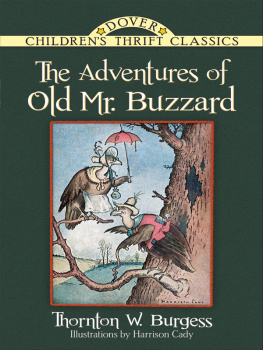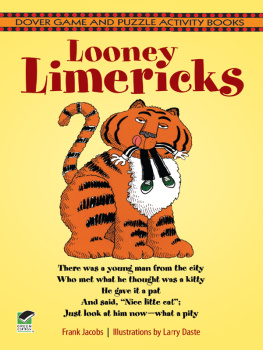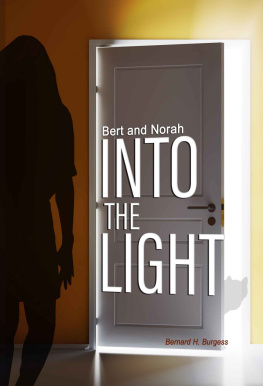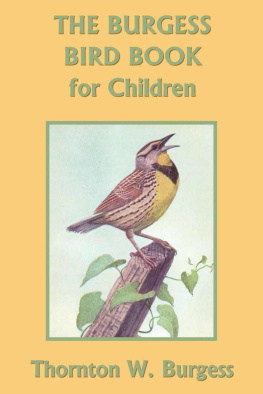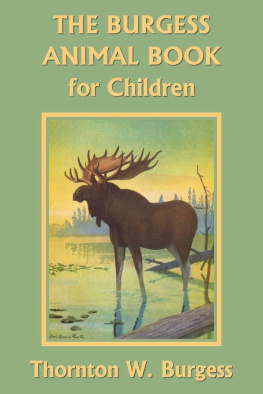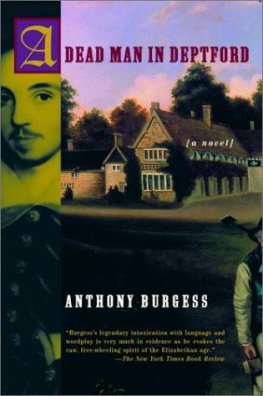Gelett Burgess - The Master of Mysteries TPB
Here you can read online Gelett Burgess - The Master of Mysteries TPB full text of the book (entire story) in english for free. Download pdf and epub, get meaning, cover and reviews about this ebook. year: 1912, publisher: Surinam Turtle Press, genre: Detective and thriller. Description of the work, (preface) as well as reviews are available. Best literature library LitArk.com created for fans of good reading and offers a wide selection of genres:
Romance novel
Science fiction
Adventure
Detective
Science
History
Home and family
Prose
Art
Politics
Computer
Non-fiction
Religion
Business
Children
Humor
Choose a favorite category and find really read worthwhile books. Enjoy immersion in the world of imagination, feel the emotions of the characters or learn something new for yourself, make an fascinating discovery.

- Book:The Master of Mysteries TPB
- Author:
- Publisher:Surinam Turtle Press
- Genre:
- Year:1912
- Rating:5 / 5
- Favourites:Add to favourites
- Your mark:
- 100
- 1
- 2
- 3
- 4
- 5
The Master of Mysteries TPB: summary, description and annotation
We offer to read an annotation, description, summary or preface (depends on what the author of the book "The Master of Mysteries TPB" wrote himself). If you haven't found the necessary information about the book — write in the comments, we will try to find it.
The Master of Mysteries TPB — read online for free the complete book (whole text) full work
Below is the text of the book, divided by pages. System saving the place of the last page read, allows you to conveniently read the book "The Master of Mysteries TPB" online for free, without having to search again every time where you left off. Put a bookmark, and you can go to the page where you finished reading at any time.
Font size:
Interval:
Bookmark:
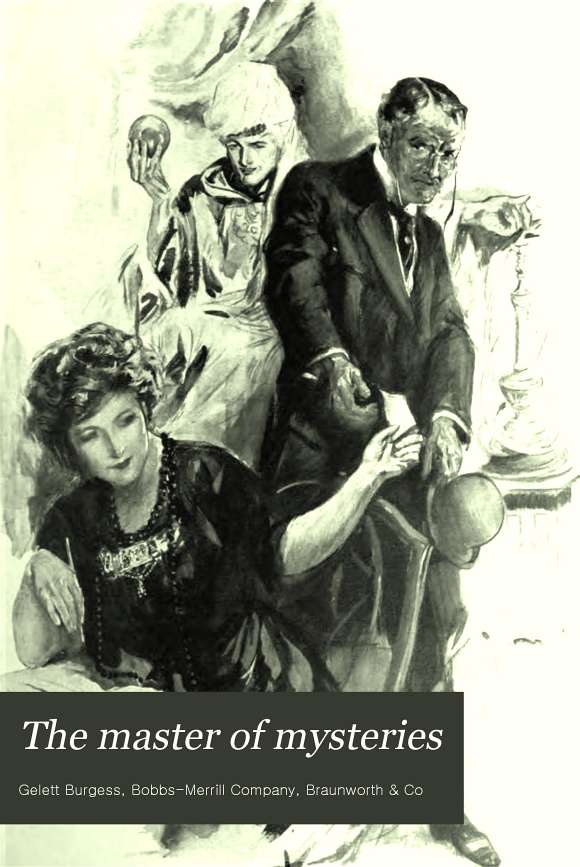
This is a digital copy of a book that was preserved for generations on library shelves before it was carefully scanned by Google as part of a project to make the world's books discoverable online. See the back of the book for detailed information.
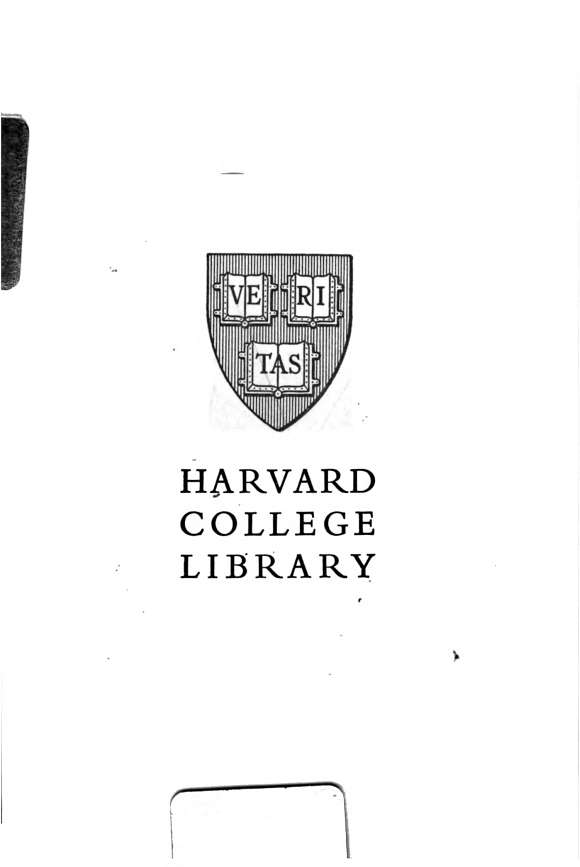


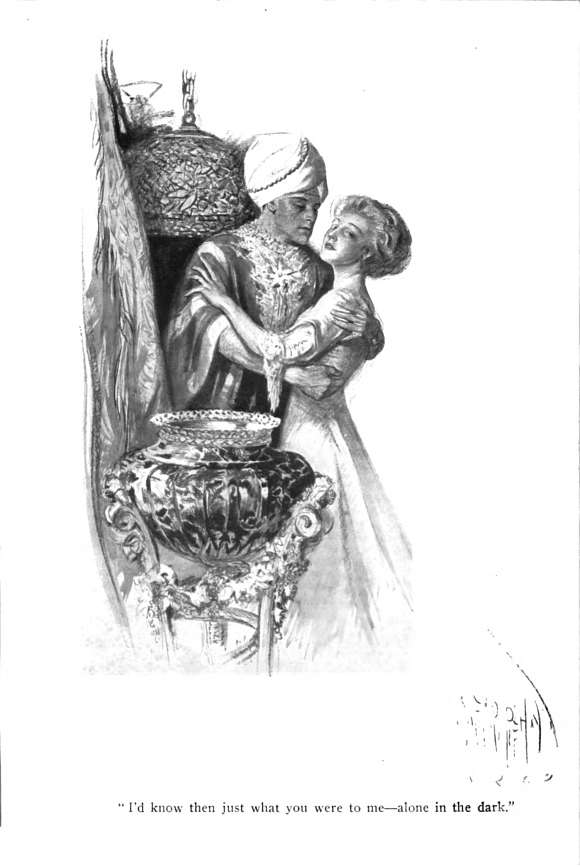
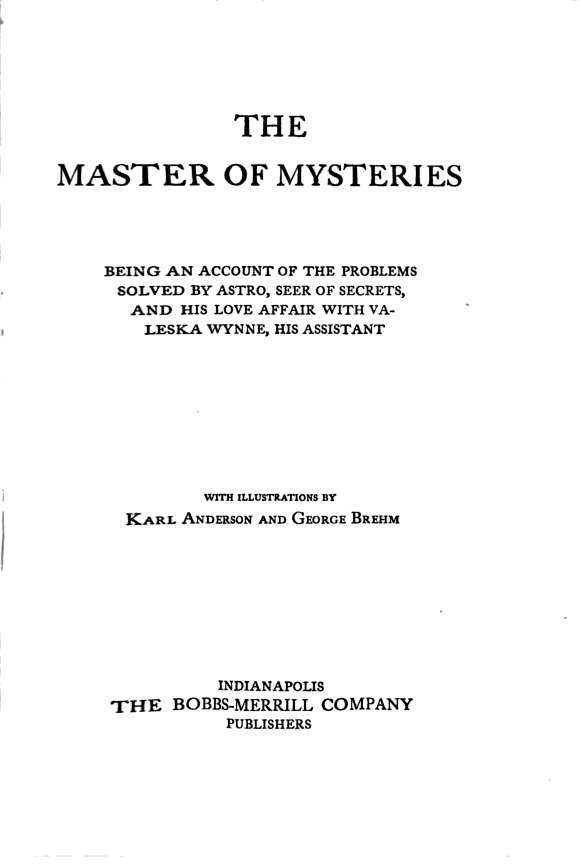
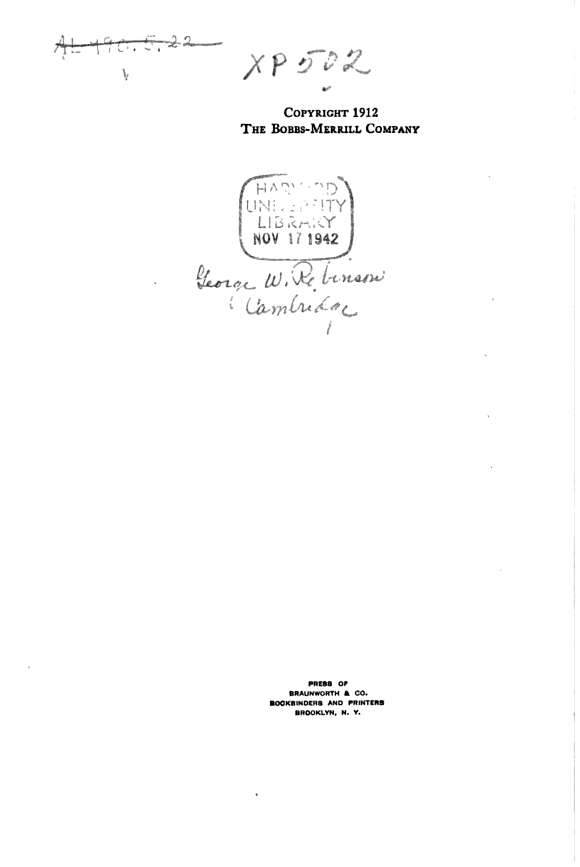

THE MASTER OF MYSTERIES
Introduction by Richard A. Lupoff
What a trio they must have been, rollicking and roistering and rioting from Palo Alto, up the Peninsula to San Francisco, then crossing the Bay to Berkeley and Oakland! What a gang! Think Athos, Porthos, and Aramis... Manny, Moe, and Jack... Curly, Larry, and Shemp... Groucho, Harpo, and Chico.
They were Willie, Wally, and Gil.
Willie was Will Irwin, Wally was Willies little brother Wallace Irwin, and Gil was their pal and co-conspirator Gelett Burgess.
The Irwin brothers were born in Oneida, New York, Will in 1873 and Wallace in 1875. Their family moved to Leadville, Colorado, and later the brothers wound up attending Stanford University in Palo Alto, California. They were a pair of irrepressible cut-ups. They wrote for the Stanford Chaparral, the campus humor magazine, and for the Stanford Daily. When Will was summarily dismissed from the Universitys student population in response to the material he circulated through these publications, Wallace managed in short order to duplicate his elder siblings feat and get himself expelled for a similar offense.
Undeterred, the brothers moved on to parallel literary careers, the height of which might have been Wallaces stint creating comedy skits for the Republic Theater in San Francisco. Both brothers wrote humorous verse, both had careers working in Hollywood, served time as serious journalists, and produced numerous novels.
The oddest of these was The Julius Caesar Murder Case, by younger brother Wallace Irwin. An astonishing combination of social satire, murder mystery, and hilarious jape, the book was out of print for more than seventy years. It became a fabulously rare collectible, fetching prices as high as $550.00 for a good copy in dust jacket. It was reissued by Ramble House in 2007.
The third member of this jolly crew, Gelett Burgess, was the oldest member. Born in Boston on January 30, 1866, he earned a degree from the Massachusetts Institute of Technology and, eventually, became a Professor of Technical Drawing at the University of California, Berkeley.
We now shift our focusonly temporarily, rest assuredto one Henry D. Cogswell, a dentist who practiced his trade in San Francisco during the Gold Rush, becoming a millionaire not by extracting precious metal from the earth but by inserting it into the teeth of those who did.
Dr. Cogswell was a firm believer in the beneficial effects of cool drinking water, and used his well-earned fortune to erect public drinking fountains in cities throughout the United States. A few of these fountains survive to this day. Not lacking in self-esteem, he founded a college which he named after himself. He also erected statues of himself throughout the City of San Francisco, and designed the tomb in which he now lies in Oakland.
The tomb is described by journalist Abby Cohn as comprising a 400-ton granite tower, complete with fountains and statues of Hope, Faith, Charity, and Temperance. The present author has visited Dr. Cogswells tomb and can testify that this description does not begin to do justice to this hilarious monstrosity.
An unsigned piece in the distant Washington Post described that citys Temperance Fountain as the citys ugliest statue. Journalist Greg Kitsock states that the fountain in San Francisco was torn down by a lynch party of self-professed art lovers.
While we do not know whether Professor Gelett Burgess was a member of that lynch party (ah, you knew we would return to him) history does record that Burgess was deeply offended by Dr. Cogswells self-glorifying statuary. Clearly a believer in direct action, Professor Burgess took sledge-hammer to statue.
Iron trumped marble. The statue was destroyed. But the administration at the University of California, learning of the Professors anti-Cogswellian crusade, promptly terminated his faculty appointment.
The Universitys loss was the worlds gain.
Burgess turned from teaching to writing and drawing for publication. He was a trained draftsman. San Francisco architect Grant Canfield says that the modern word is drafter, avoiding the sexism of the older term, but Burgess was a man of another era. He would create a popular series of humorous books featuring the Goops, described by cartoon scholar Don Markstein as boneless creatures with three eyes and no mouth. These odd beings were reflected in many later cartoonists creations, including Al Capps shmoo and the famous Springfield three-eyed fish.
A man of many talents, Burgess was the founding editor of a humor magazine called The Lark. Between 1895 and 1897 he contributed many poems to this magazine, including his most famous composition, the full title of which was, Purple Cow: Reflections on a Mythic Beast Whos Quite Remarkable, At Least. One wonders if Dr. Suess had read Burgess in his formative years.
I never saw a purple cow
I never hope to see one;
But I can tell you anyhow,
Id rather see than be one.
The Lark ran for twenty-five issues, during which time Burgess was not only the editor but the most prolific contributor, under his own name and several pseudonyms. Complete sets of The Lark are occasionally offered at truly staggering prices. A complete reissue, preferably in facsimile form, might be too much to hope for, but I hope for it anyway.
It seems inevitable that Burgess would hook up with the Irwin brothers, and before long he did. They must have been a trio of kindred souls. Soon they were working together in various combinations. Burgess illustrated at least two books of poetry by Wallace Irwin, The Love Sonnets of a Hoodlum (1901) and The Rubaiyat of Omar Khayyam Jr. (1902). He collaborated with Will Irwin on the Reign of Queen Isyl (1903) and The Picaroons: A San Francisco Nights Entertainment (1904).
As far as I have been able to determine, no full-length biography of Burgess exists, which is surprising in view of his great popularity at one time, and his lengthy career. Brief biographical essays and incidental references to him provide only a sketchy picture. It is known that he married Estelle Loomis in 1914. Apparently the marriage was without issue. Gelett Burgess died on September 18, 1951, at the age of 85.
He wrote more than thirty books as well as numerous magazine pieces and short works of fiction. He is credited either as screenwriter or as having provided a story or novel upon which another writer based a script, for no fewer than ten motion pictures, released between 1914 and 1945. The 1936 film, Two in the Dark, is a crime drama involving an amnesia victim. The film anticipates the Evan Hunter novel Buddwing to an astonishing degree. The 1936 film involves an unpublished script titled Two OClock Courage. Burgess had written a novel of that title, which was itself filmed in 1945.
Font size:
Interval:
Bookmark:
Similar books «The Master of Mysteries TPB»
Look at similar books to The Master of Mysteries TPB. We have selected literature similar in name and meaning in the hope of providing readers with more options to find new, interesting, not yet read works.
Discussion, reviews of the book The Master of Mysteries TPB and just readers' own opinions. Leave your comments, write what you think about the work, its meaning or the main characters. Specify what exactly you liked and what you didn't like, and why you think so.


